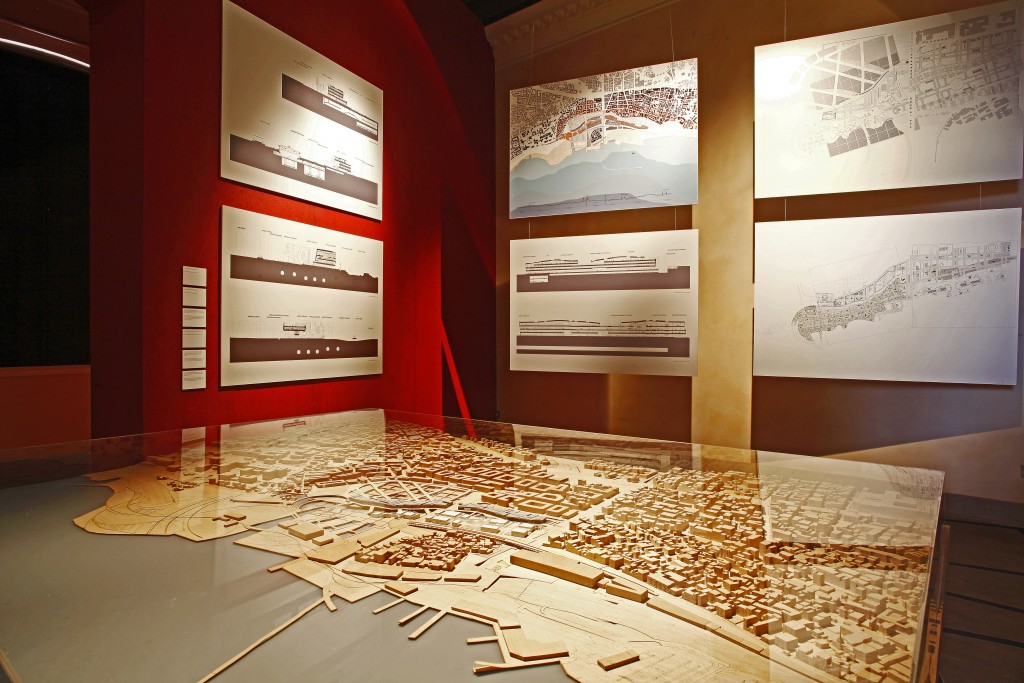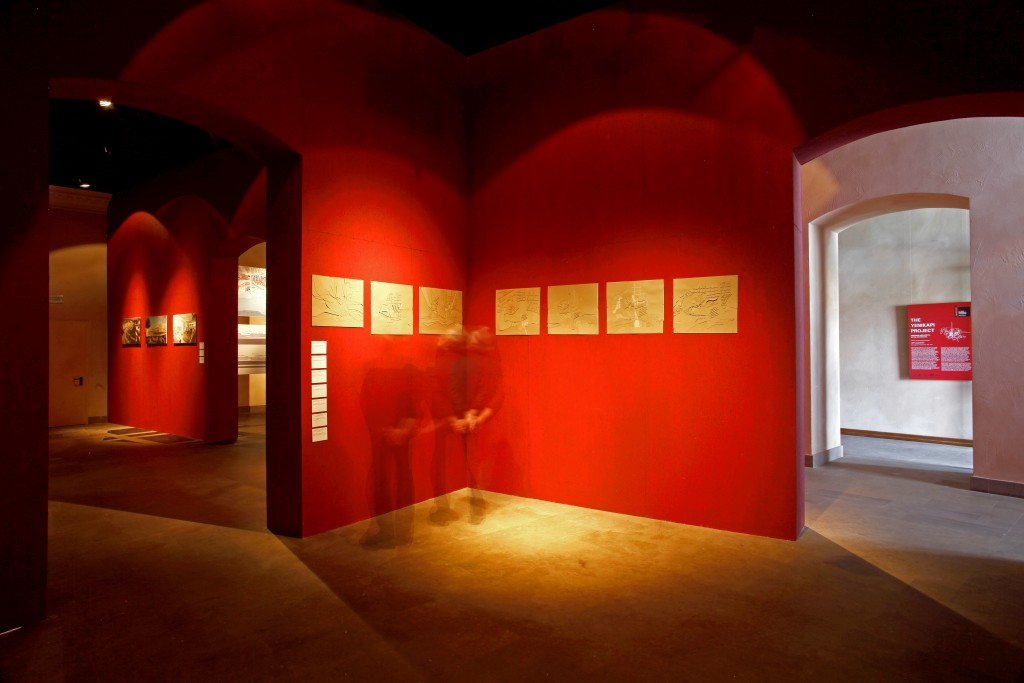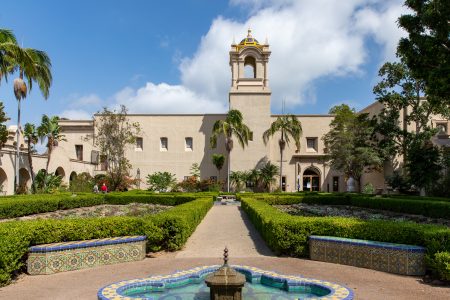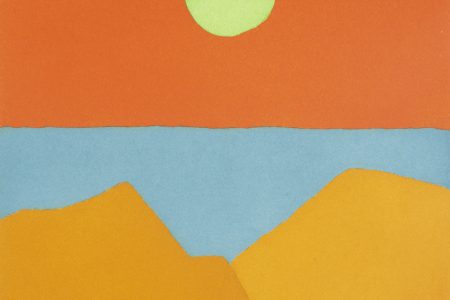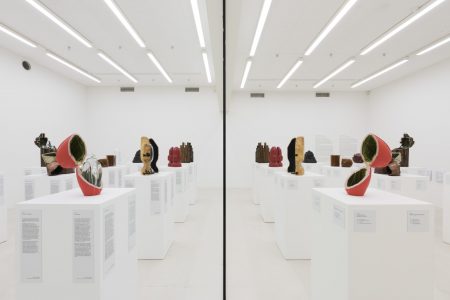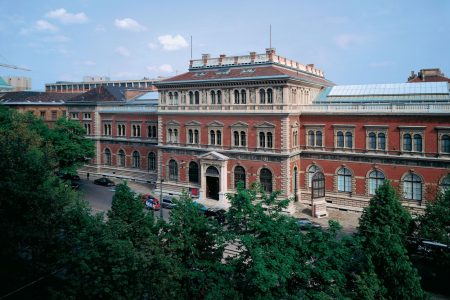Yenikapi Project by Atac & Eisenman
Together with Alper Atac, Peter Eisenman was awarded the realisation of one of Istanbul’s most important public projects currently in development – the Yenikapi Transfer Point and Archaeological Park, presently on show at the Venice Bienniale in the Zuecca Project Space. This large-scale endeavour is meant to recread a large position of Istanbul – a crucial point for its past and future.
TLmag: What does it mean for you working in Istanbul on such a huge public project? How does your sign, the “language” of your architecture, inscribe it’s in the urban fabric of this large city?
Peter Eisenman: Working in Istanbul is difficult, because it’s a chaotic place. What we try to do with this project is depart from cruciform element, a small structuring components typically found in Oriental and Middle Eastern architecture, especially in gardens, and to rather create multiple variations, making it more figurative – saying that these four squares don’t form a single unity but allow us to understand four different parts separately. We feel that this approach is what Istanbul needs – starting to make order out of chaos. 18,000 people is almost too big for a city.
TLmag: So your choice was to revaluate recognizable symbols?
PE: Onsite, old walls found by archeologists gives the building its own archeology but it doesn’t symbolize it. What we are saying is that to build a museum of archeology is a misnomer, we are building an archeology. If most buildings call attention to the subject, in this case, the museum is calling attention to itself and not to what it’s housing. The exhibition is secondary. This is the most radical architectural gesture of the project. I’m against representation. I’m interested in language being something, not meaning something. This building could be anything else: a hospital, a factory, a prison, it doesn’t mean what it is.
TLmag: Are you concerned with the way architecture is perceived by people at impression?
PE: Wait a minute, when people read James Joyce, when people look at Joseph Beuys, they don’t understand anything. We don’t really care what people think. If that is was what we after, we would become too nostalgia. When you become popular, you become Berlusconi.
TLmag: Politics and architecture, is the Yenikapi project being developed for the government?
PE: Yes, and a conservative government at that. You know what, I found that in my career most of the projects I worked on were supported by right-wing governments. The same goes for the Venice Biennale I did with Frank Gehry, when our US Pavilion was supported by Republicans. It was similar for the City of Culture of Galici, supported by the last living minister of the Franco regime. But on the other hand, last week I was told by the Iranian government that I couldn’t hold a conference in Tehran because I was too left for them. Apparently, It hard for people to define my politics. Regarding the relation between politics and architecture, I can say that architecture doesn’t solve problems, it creates problems. Architecture is not a social panacea. The best architecture is always questions to solutions of happiness for the society.

